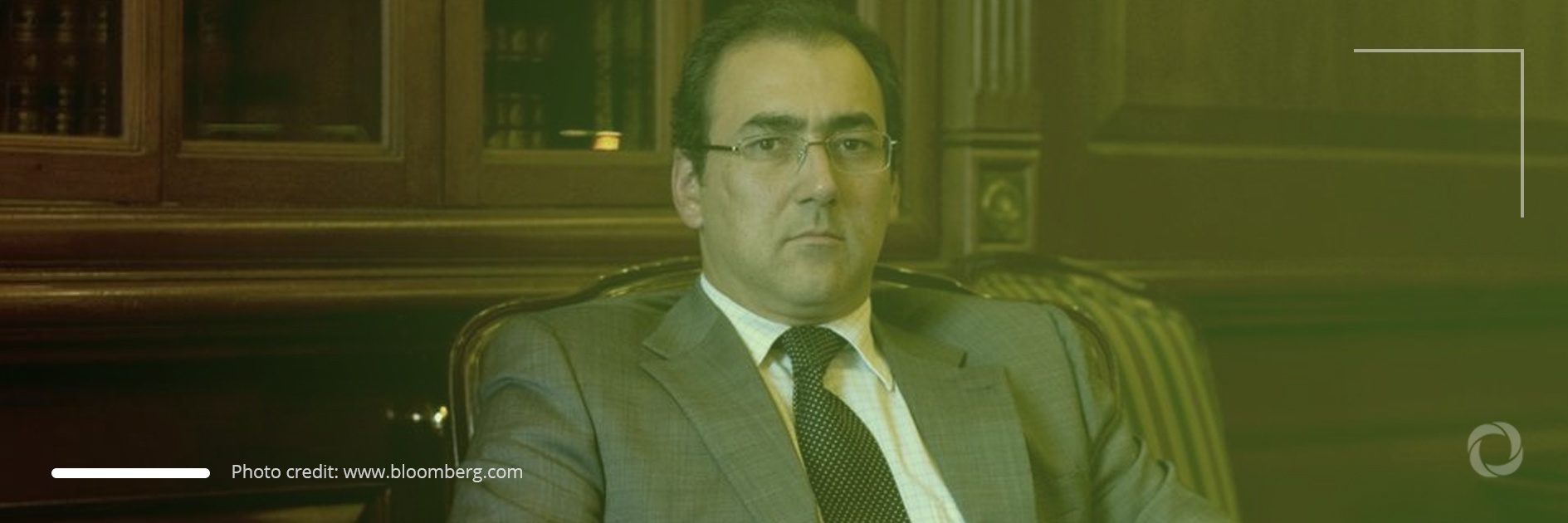Latin America’s second-largest development bank, CAF, has elected Sergio Diaz-Granados as its President which is the first time a Colombian national has been elected to this top position.
Sergio Diaz-Granados’ opponent was Argentinian Christian Asinelli who was backed by Argentina and Mexico while Diaz-Granados was backed by Brazil and Colombia. Following a heated selection process, Diaz Granados won his 5-year mandate with the votes of all CAF members except Venezuela. The new Colombian CAF President is due to take office on 1 September.
Who is Sergio Diaz-Granados?
Sergio Diaz-Granados is a lawyer with outstanding experience in both the public and private sectors. He has served as an Executive Director for Colombia in the Inter-American Development Bank (IDB) Group which comprises the IDB, Latin America’s largest development bank, the Multilateral Investment Fund, and the Inter-American Investment Corporation. Prior to this, he served as the Minister of Commerce Industry and Tourism of Colombia, the Vice Minister of Business Development, and the President of the Board of Directors of Bancoldex and ProColombia.
“The support of all the countries of the region is fundamental. My commitment is to work with all, for all without rest,” said Granados after his election.
What is CAF?
 CAF is a multilateral development bank established in 1970 by five Andean countries – Bolivia, Ecuador, Peru, Colombia, and Venezuela. Today it has 19 member states from Latin America, the Caribbean, and Europe and is headquartered in Caracas, Venezuela. CAF’s operations focus mainly on sustainable development and regional integration projects.
CAF is a multilateral development bank established in 1970 by five Andean countries – Bolivia, Ecuador, Peru, Colombia, and Venezuela. Today it has 19 member states from Latin America, the Caribbean, and Europe and is headquartered in Caracas, Venezuela. CAF’s operations focus mainly on sustainable development and regional integration projects.
The annual approvals of the bank exceed US$14,000 million and since its foundation, it has financed more than US$200,000 million worth of projects.
How does CAF work?
The bank receives the majority of its resources from global financial markets and it focuses on development and regional projects through the provision of credits, grants, technical support, and financial support for both private and public projects, for instance, infrastructure development. The pillars of CAF’s sustainable development actions are macroeconomic stability, microeconomic efficiency, social equity and inclusion, and environmental sustainability.
CAF’s results
In 2020, CAF’s total assets reached US$46.9 billion and at the end of 2019, its net worth was US$12.9 billion. It enjoys reasonably good long-term ratings with Fitch and Standard & Poors giving it A+ while the Japan Credit Rating Agency gave it an AA which means that CAF has a low level of credit risk.
In 2020, 1,380 people benefited from housing solutions financed thanks to CAF, and the bank completed 20 macro-fiscal support operations worth US$6.18 billion.
Recent CAF projects
The bank offers its member-states regular financial support to conduct various projects. At the beginning of July, CAF approved a US$500 million loan for Colombia to conduct the digital transformation of the public sector. It was also able to support the region in the face of the pandemic crisis by channeling 100 million euros to finance aid projects in the health sector.

